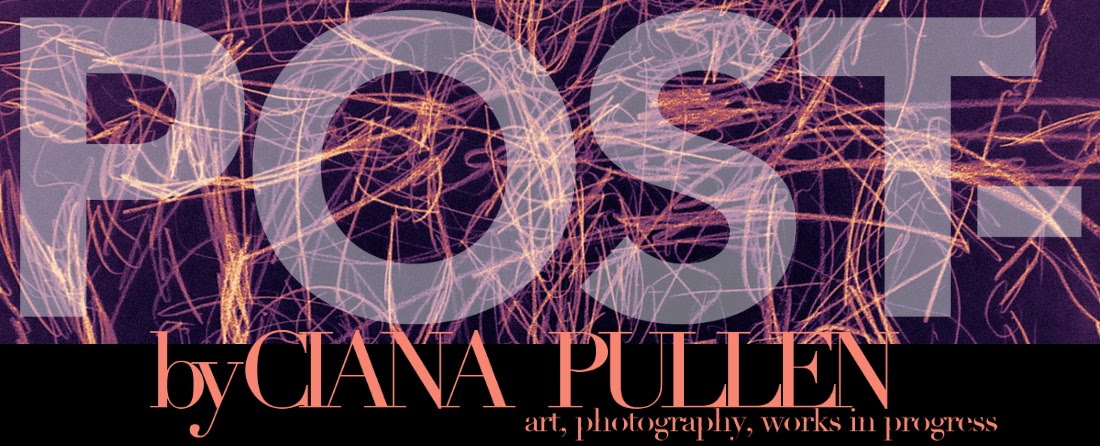You can read the Part 1 of my art trip to Atlanta, about Richard Misrach's photos, here.
On this day I was attempting to go see a performance piece at a MARTA stop by some cutting edge group. It was billed as a series of interventions in the city. It was also across town at rush hour in a place I'd never been. Laziness and fear of the new conspired against me and I was forced to go thrift store shopping instead, where I unexpectedly found Jesus:
It didn't even occur to me that I should stop and give it a closer look until I realized I'd already been staring at it for a full five minutes, and it didn't occur to me to buy it until I found myself removing the piece from the wall and thinking, "well if I regret the purchase I can always re-use the frame...." I flipped it over to reveal a cardboard tag written in ballpoint pen taped to the back reading,
"Name of project-- Inspiration
Medium-- Water colors and pastels
Name-- Theodore Davis-- Grade 12X
Frink High School"
and the price: $6.99
It is now hanging in my kitchen. I didn't think I'd ever have a picture of Jesus in my home, but I guess I didn't anticipate encountering this Jesus.
Friday, September 14, 2012
Monday, September 3, 2012
Happy Labor Day!
Thanks to the workers who built this country!
Here's a little bit of US history regarding Labor Day and the labor movement:
Wikipedia has put together a nice timeline of labor history from the 1700s up to the 1980s. Enjoy!
Here's a little bit of US history regarding Labor Day and the labor movement:
 |
| This poster by Chris Stain commemorates the Battle of Blair Mountain in 1921, another incident in which a strike became an actual armed rebellion. West Virginia coal miners were particularly oppressed by the "company town" system in which the coal mining company literally owned the town in which its employees and their families lived: the houses, land, and businesses. Workers were paid in company scrip rather than US currency which was good only at company stores, which took advantage of the captive customer base by hiking up prices. Coal miners and their families often became indebted to the company through the system, unable to leave the company town either because they were indebted or because they had no money to use in the outside world. So striking coal miners were particularly at risk. Baldwin-Felts agents, similar to Pinkerton detectives, were brought in to beat strikers and evict families from their homes. A coal company lawyer explained, “It is like a servant lives at your house. If the servant leaves your employment, if you discharge him, you ask him to get out of the servants’ quarters. It is a question of master and servant.” When Baldwin-Felts agents murdered the police chief of the town, a former laborer who was sympathetic to the miners, an armed rebellion of over 13,000 people ensued, known as the Battle of Blair Mountain or sometimes the "Redneck War." |
Wikipedia has put together a nice timeline of labor history from the 1700s up to the 1980s. Enjoy!
Sunday, September 2, 2012
Rain
It rained here Tuesday or Wednesday, quite a lot. By coincidence my brand new waterproof beach/running shoes had just arrived the day before. How convenient. I wrapped my camera in several sandwich bags and headed out into the torrential downpour; at its highest the water reached nearly to my knees, a disgusting melange the ingredients of which only those familiar with Charleston will infer. I showered immediately afterward. It was immensely satisfying.
 |
| A man walks through ankle-deep water with a pink umbrella. |
 |
| A pickup truck up to its fender in flood water drives through a flooded street. |
 |
| A man with an umbrella walks through a deserted tourist attraction. |
 |
| A firetruck slugs through a flooded street. |
 |
| A street sign in a flooded street wisely warns, "Do Not Enter." |
 |
| A man in a hat walks through the rain in front of a historic building. |
Labels:
Charleston,
Ciana Pullen,
flooding,
photography,
rain,
weather,
Subscribe to:
Posts (Atom)










